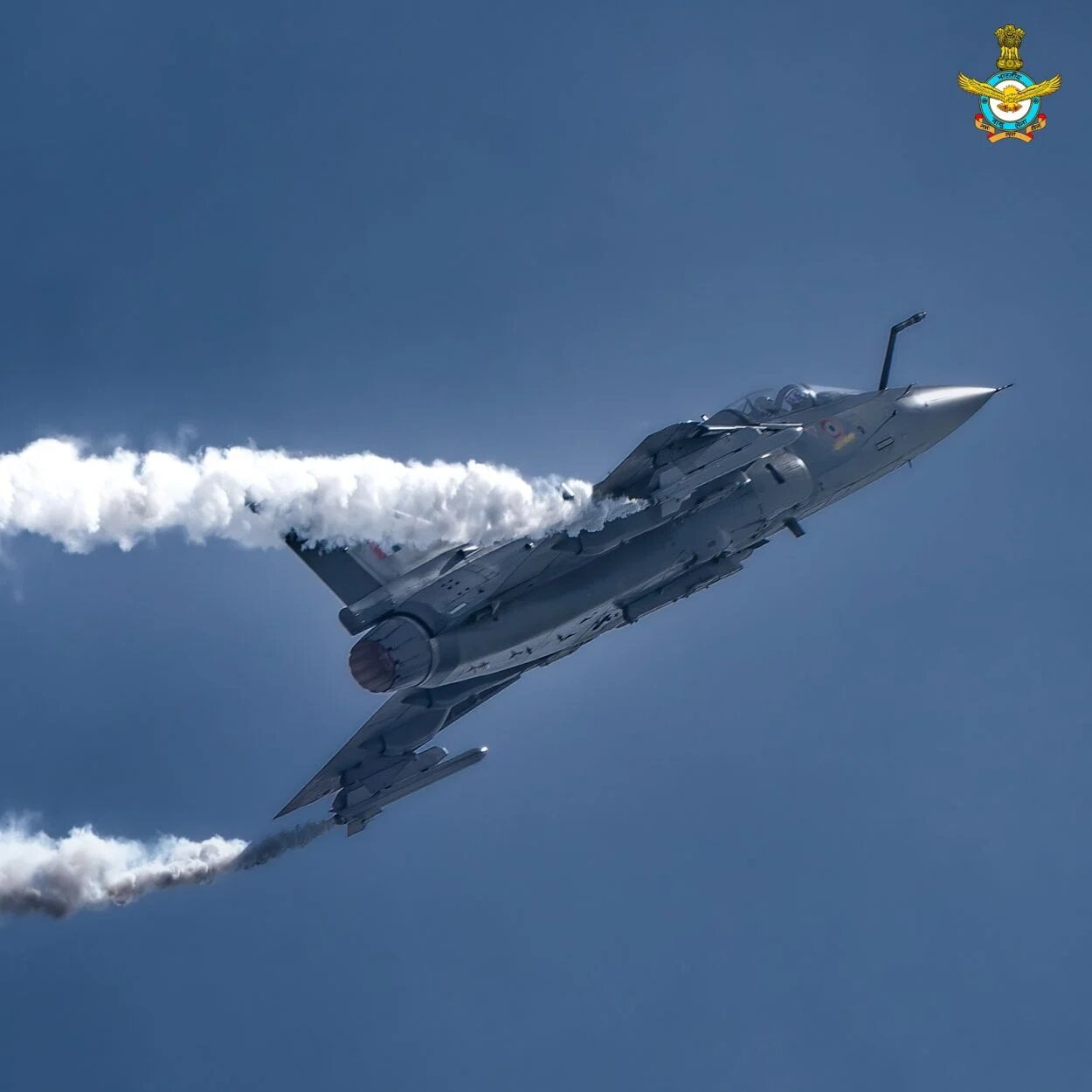“What we are seeing now, and what we can learn from the war in Ukraine, is that war is becoming different. Now, wars are more complicated. These are mixed-type wars. “The enemy uses asymmetric methods and tries to have disproportionate effects, which we have to fight both in traditional ways and by building up our abilities in other areas,” the Air Chief said.
“When India goes to war in the future, it will need everything from a small computer to missiles that can go very fast. In the face of a new paradigm, we need to rebuild India’s traditional war-fighting machinery.
He said this while giving the 20th Major General Samir Sinha lecture at India’s tri-service, the United Services Institute (USI), today (August 30). He was talking about “The Indian Air Force: Current Status and the Way Forward.”
The CAS talked about getting ready for a war on two fronts, but it seems that Pakistan was not a big deal to him in this two-front war. He talked about how you have to fight China on two fronts: one in the east (North-East) and one in the north ( Ladakh). He said that India is well-prepared to deal with the threat from China, which will last for both the short and long term.
But the head of the Indian Air Force did say that, due to a lack of resources, the IAF will focus on “enablers” to boost the effect of the weapons and ammunition that the forces have. But, he said, “I do think the numbers are important, and our stock needs to grow.”
According to him, the “future plans” of the Indian Air Force to have these numbers:
- Six squadrons of the LCA MK1 A
- Six squadrons of LCA MK2
- 114 MRFA aircraft
- Seven squadrons of AMCA
- Five squadrons of S-400
- 106 Basic Trainers
- 6 AEW&C systems
- Upgradation of Su-30MKI
- Upgradation of Mi-17 and Mi-18
In the “hardware” section, the Air Chief also talked about the need for more UCVs, transporters, and weapons like Astra, Rudra, Brahmos, and radars.
He said that the software is now more important than even the hardware. Because cyberspace and outer space are now part of the war, he said.
He thinks that space-based assets make air power much more effective, and he thinks that what happens in space will probably decide who wins future wars.
Traditional communication satellites in geosynchronous orbits have been useful because they last longer and cover a large area. However, the Air Chief said that communication satellites in low and medium earth orbits have their own benefits.
“Because of this, there are a lot of commercial satellites in low earth orbit, and there are a lot of them. In time, this technology for satellites in low earth orbit will improve, and the costs of making and launching them will go down. This will help the shift toward this idea.
Even though improving space applications in many different areas is the way forward, he said, “I strongly believe that this evolution can only be sped up by more civil-military fusion, which is a mix of institutes, industries, startups, universities, research and development labs, and test and evaluation labs.”
Chaudhari said that the Defence Space Agency, which is in charge of gathering the needs of the armed forces, would be a key player in bringing together civil and military efforts to get the desired capabilities in the future.
This would mean that the government and private space agencies would have to work together more. Like how air power affects battles on the ground, aerospace power is quickly becoming a new paradigm that will have a big impact on all activities on the ground, he said. “The winner of future wars will probably be decided by what happens in the aerospace domain.”
Information warfare is another part of war in the future, which the Air Chief went into great detail about. He stressed that all of this needs the fifth generation of technologies, which must be made locally. “We need to depend on ourselves as little as possible.”
He also stressed the importance of “Working Smart” by “making decisions faster,” which is possible because of the ongoing technological revolution.
